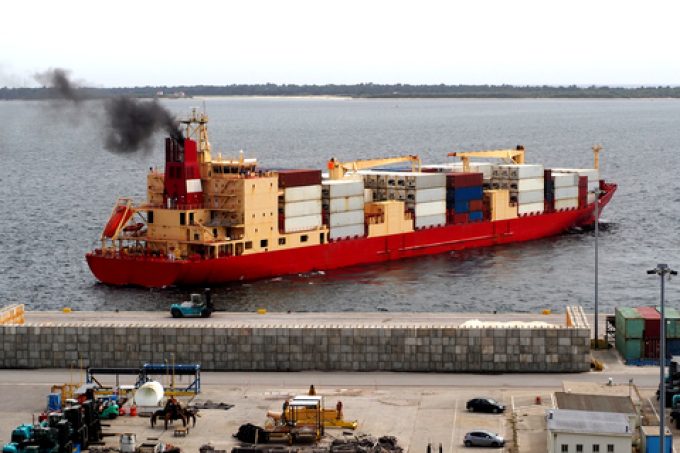OOCL results point to loss of market share
Elevated freight rates over the course of last year nearly doubled Hong Kong-based Cosco subsidiary ...

The Loadstar has reported how a lack of standardisation in air cargo emissions calculation and reporting had led to allegations of ’greenwashing’ and confusion for shippers and forwarders. – however, aviation is not the only sector crying out for consistency.
Recently, CEO of Vespucci Maritime Lars Jensen highlighted the disparity between ocean carriers OOCL and CMA CGM’s CO2 calculations for a sailing from Singapore to Hamburg on their joint Ocean Alliance service, of 288kg and 1,010kg respectively.
He wrote: “OOCL ...
'It’s healthy competition' Maersk tells forwarders bidding for same business
Transpacific sees first major MSC blanks as rates fall and volumes falter
US shippers slam USTR port fee plan – 'an apocalypse for trade'
Opposition builds for final hearing on US plan to tax Chinese box ship calls
Despite sourcing shifts, 'don't write-off China', says CMA CGM CCO
White House confirms automotive tariffs – 'a disaster for the industry'
Cargo chief quits WestJet as freighter operations cease
New price hikes may slow ocean spot rate slide – but for how long?

Comment on this article